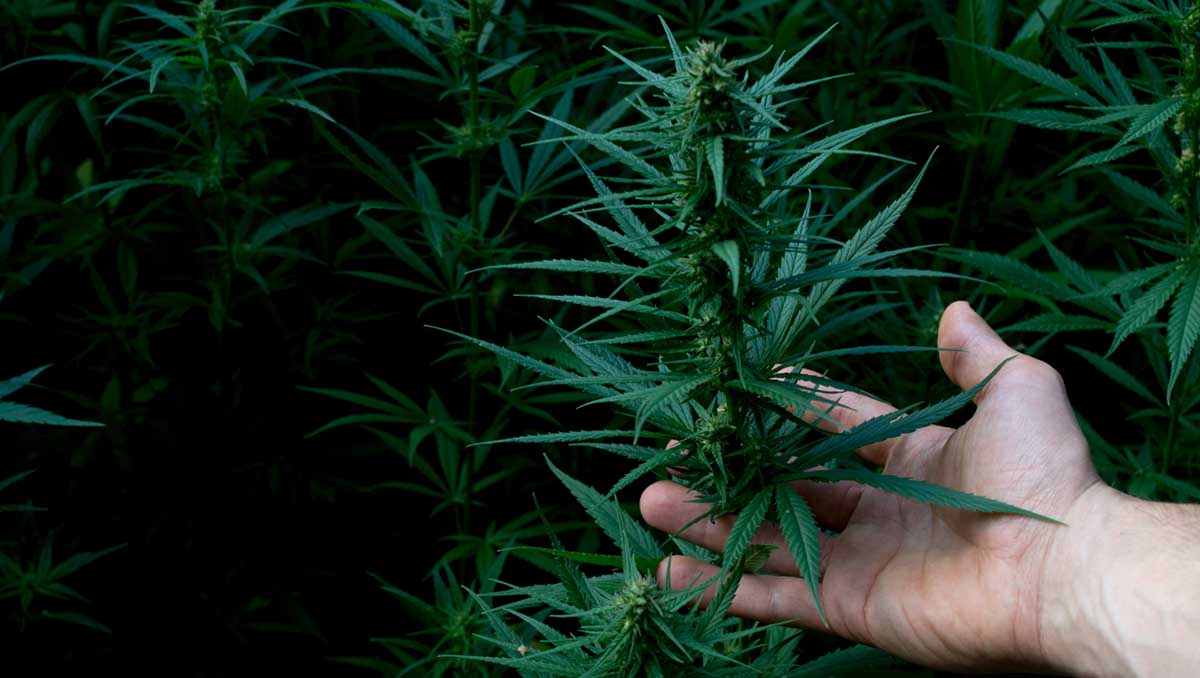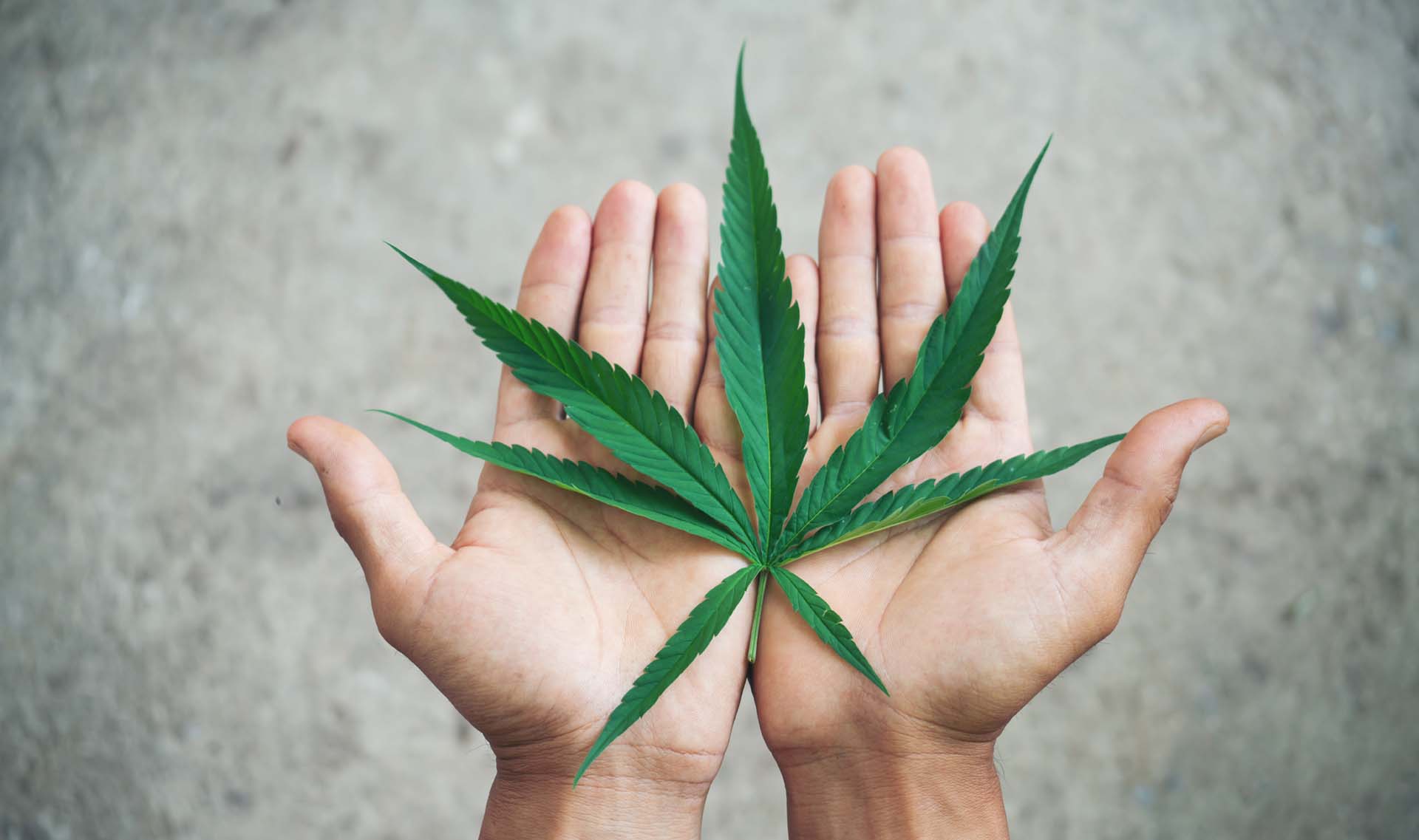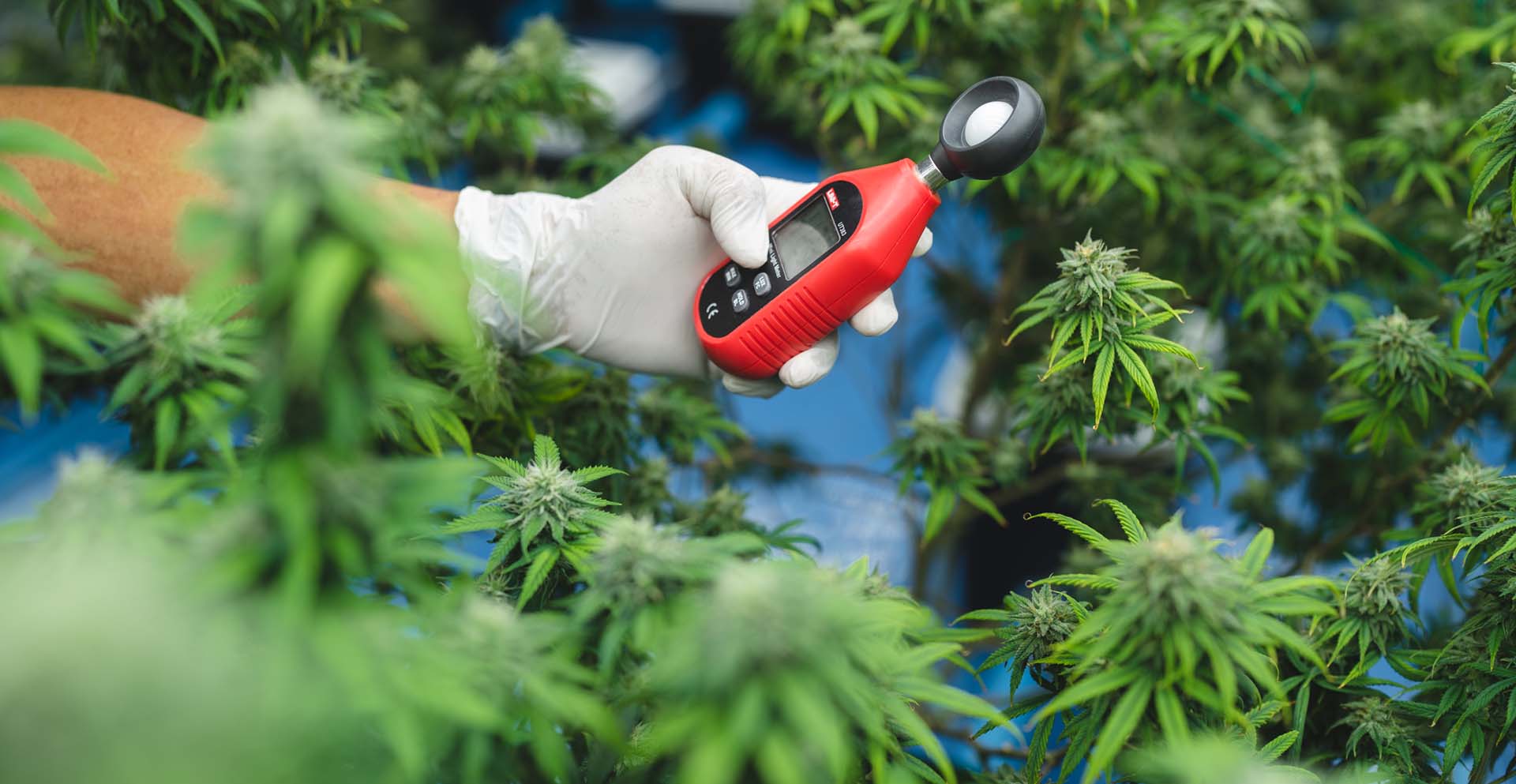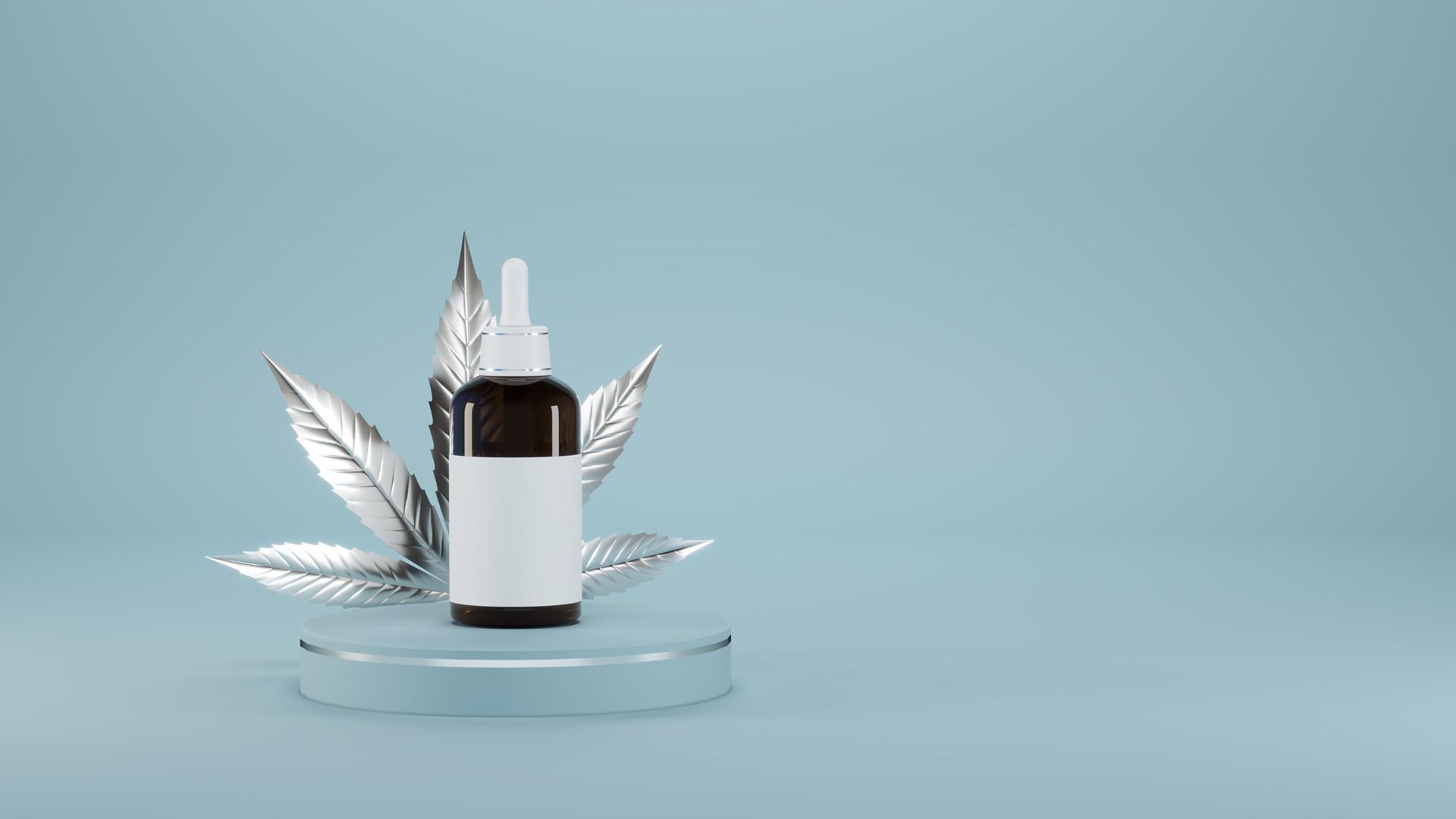Now accepting clients for New York, Maryland, Delaware, and Missouri! Please contact us if you have questions.
Cultivation Facility Design: Key Considerations for Cannabis
Table of Contents
Are you ready to dive into the world of cannabis cultivation? In this article we’re going to discuss the keys behind successful cannabis facility design. Whether you’re a seasoned cultivator or just starting out in the cannabis industry, understanding how to optimize your own cultivation space and facility is crucial for maximizing your yields and profits.
There are numerous factors to consider when growing cannabis. From architectural design and construction to indoor plant cultivation techniques, every element plays a vital role in creating an efficient and productive environment for your precious cannabis plants.
We’ll discuss everything from the importance of proper ventilation systems and lighting setups to choosing the right equipment, and hiring a knowledgeable cannabis cultivation consultant. So, if you’re ready to take your cannabis business to new heights, let’s dig deep into the fascinating world of cultivation facility design!
Critical Considerations for Designing a Successful Cannabis Grow Facility
There are several critical considerations that cannabis growers need to keep in mind. From understanding local regulations and compliance requirements to evaluating security measures, each aspect plays a crucial role in creating an efficient and effective cultivation facility.
Understanding Local Regulations and Compliance Requirements
Before embarking on the design process, it is essential for cannabis growers to familiarize themselves with the specific needs and requirements outlined by local regulations. These regulations vary from region to region and may cover aspects such as licensing, zoning restrictions, odor control, waste management, and more. By ensuring compliance with these regulations from the outset, growers can avoid costly delays or penalties down the line.
Choosing the Right Location and Size
The location and size of the cultivation facility are vital factors that can significantly impact its success. When selecting a location, cannabis growers should consider proximity to their target market, access to resources such as water and electricity, transportation infrastructure, and availability of skilled labor. Determining the appropriate size of the facility requires careful consideration of production goals, scalability potential, cost implications, and future expansion plans.
Evaluating Security Measures and Protocols
Creating a safe environment for both employees and plants is paramount in any cannabis grow facility design. Implementing robust security measures helps protect your cultivation businesses against theft, vandalism, unauthorized access, and potential risks associated with pest infestation or contamination. This may involve installing surveillance systems with video monitoring capabilities, implementing access control systems for restricted areas within the facility, establishing standard operating procedures (SOPs) for security protocols during cultivation activities.
By addressing these critical considerations in cultivation facility design – understanding local regulations and compliance requirements; choosing the right location and size; evaluating existing building and security measures – cannabis growers can set themselves up for success. With years of experience under their belts combined with an understanding of industry best practices related to cultivation techniques like pest management, growers can create an efficient and cost-effective facility that meets their specific needs.
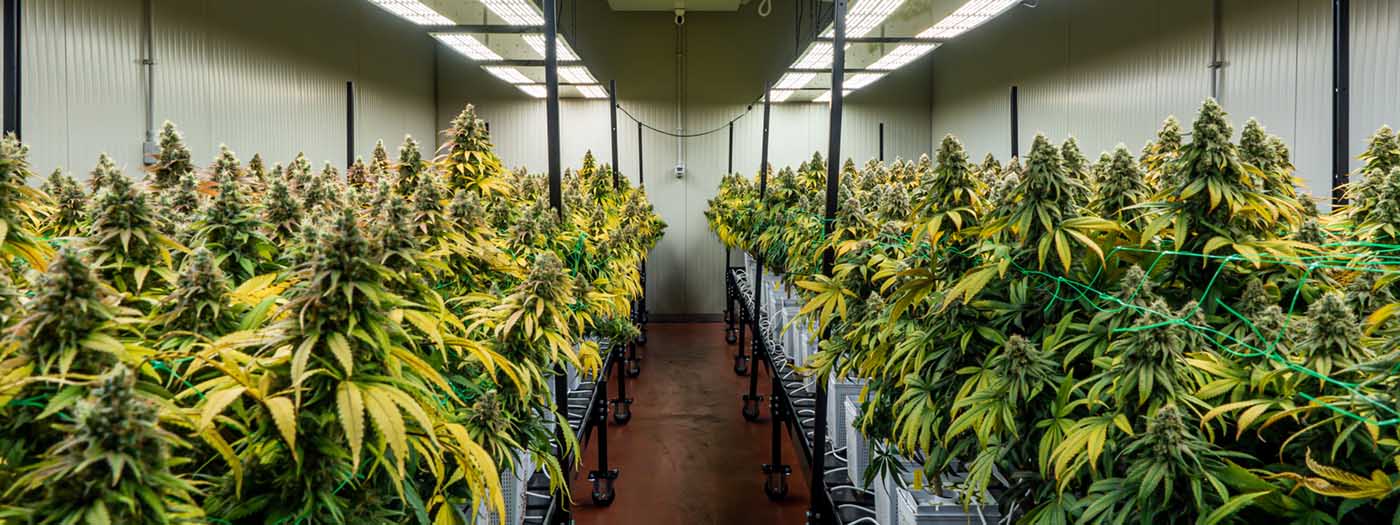
Key Elements of Effective Cannabis Cultivation Facility Design
Proper lighting systems and their impact on plant growth
The right lighting systems play a crucial role in the success of a cannabis cultivation facility.
Adequate light levels are essential for photosynthesis, ensuring healthy plant growth and high yields.
LED lights are commonly used in modern cultivation facilities due to their energy efficiency and ability to provide specific light spectrums that optimize plant development.
Light intensity, spectrum, and duration should be carefully controlled at different stages of plant growth to maximize productivity.
Ventilation and air circulation considerations for optimal plant health
Proper ventilation is vital for maintaining a healthy cultivation environment by controlling temperature, humidity, and CO2 levels.
Fresh air exchange prevents the buildup of excess heat, moisture, and harmful gases that can lead to mold or disease outbreaks.
Air circulation fans ensure uniform distribution of fresh air throughout the facility, preventing stagnant pockets that could hinder plant growth.
Advanced climate control systems with sensors and automated controls help maintain ideal conditions for cannabis cultivation.
Importance of scalable infrastructure to accommodate future expansion
A well-designed cultivation facility should have scalability in mind from the start to allow for future expansion as business needs evolve.
Scalable infrastructure ensures efficient use of space, resources, and equipment while minimizing disruptions during expansion phases.
Considerations such as flexible layout designs, modular construction methods, and adaptable utility connections enable seamless scaling up of production capacity.
Planning for scalable infrastructure also involves anticipating future regulatory requirements or changes in market demand.
Optimizing Layout and Workflow in Indoor Cannabis Facilities
Designing an efficient workflow is crucial for maximizing productivity and minimizing labor costs in indoor cannabis facilities. By carefully planning the layout of grow rooms, cultivators can create a streamlined process that allows for seamless movement of plants from one stage to another.
To make the most of limited space, utilizing vertical space effectively is essential. Incorporating shelving or racks can significantly increase yield potential by allowing cultivators to stack plants vertically. This not only maximizes the use of available space but also ensures that each plant receives adequate light and airflow.
In addition to vertical optimization, it’s important to incorporate designated areas for different stages of plant growth. This includes separate spaces for propagation, vegetative growth, and flowering. By having individual flower rooms or dedicated areas for each stage, cultivators can provide optimal conditions tailored to the specific needs of the plants at different phases.
When planning the facility design, it is crucial to consider local regulations and requirements set by building departments and planning departments. Engaging with professionals such as engineers experienced in designing cultivation facilities can help navigate these complexities and ensure compliance with industry standards.
By optimizing layout and workflow in indoor cannabis facilities, cultivators can streamline their operations, enhance productivity, and ultimately maximize their yields. Effective facility design not only impacts the cultivation process but also influences overall efficiency and profitability within the industry.
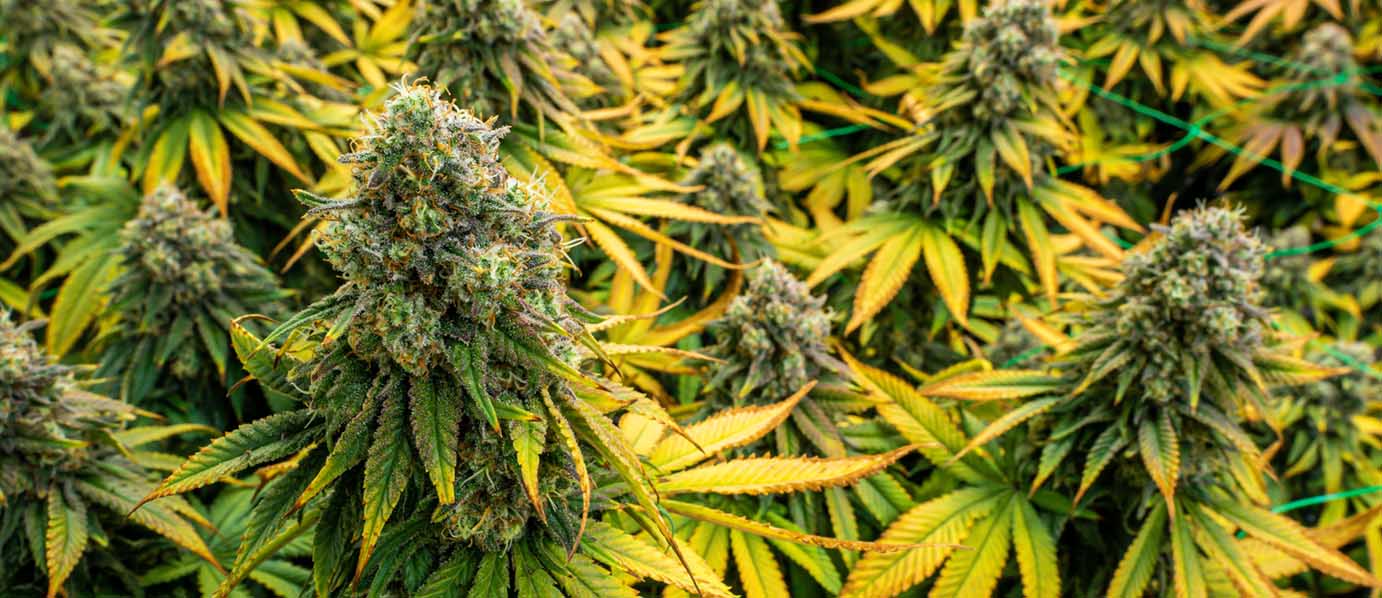
Maximizing Light Efficiency in Indoor Cannabis Cultivation Facilities
Types of Lighting Options Available for Indoor Cannabis Cultivation
LED lights
HPS lights
Implementing Light Distribution Strategies to Ensure Uniform Coverage Across Plants
Positioning lights at appropriate heights and angles
Utilizing reflective surfaces to maximize light reflection
Monitoring Light Intensity Levels Throughout the Growing Cycle to Optimize Plant Development
Regularly measuring light intensity using a lux meter or quantum sensor
Adjusting light intensity based on plant growth stage (e.g., vegetative, flowering)
Ensuring consistent light levels across all areas of the cultivation facility
By choosing the right lighting options, indoor cannabis growers can optimize their indoor plant cultivation facilities, for maximum light efficiency. LED lights and HPS lights are popular choices due to their effectiveness in providing the necessary spectrum for plant growth. Implementing proper light distribution strategies is crucial to ensure uniform coverage across plants, minimizing any shadowed areas that could hinder growth. This can be achieved by positioning lights at appropriate heights and angles, as well as utilizing reflective surfaces to enhance light reflection.
Monitoring light intensity levels throughout the growing cycle is essential for optimizing plant development. Regularly measuring light intensity using a lux meter or quantum sensor allows growers to adjust the lighting accordingly. Different stages of plant growth require varying intensities of light, such as higher levels during flowering and lower levels during vegetative growth. By maintaining consistent and appropriate light levels throughout the cultivation facility, growers can promote healthy and robust cannabis plants.
Implementing Effective Irrigation and Fertigation Techniques in Grow Facilities
Choosing appropriate irrigation systems is crucial for cultivation facility design. The availability of water sources and the specific needs of the plants should be considered when selecting the right system. Some options to consider include:
Drip irrigation: Provides a controlled release of water directly to the roots, reducing water waste and promoting efficient plant growth.
Sprinkler systems: Suitable for larger areas, these systems distribute water evenly over crops, ensuring consistent hydration.
Flood and drain systems: Ideal for hydroponic setups, these systems flood the growing medium with nutrient-rich water before draining it away.
Understanding fertigation methods is equally important. Fertigation combines irrigation with nutrient delivery, allowing plants to receive essential nutrients directly through their root systems. This approach helps optimize plant growth by providing precise amounts of nutrients at the right time. Common fertigation techniques include:
Injecting liquid fertilizers into irrigation lines
Applying granular or powdered fertilizers through drip emitters
Using soluble fertilizers that dissolve easily in irrigation water
To regulate irrigation schedules accurately, implementing automation technologies can be highly beneficial. These technologies enable growers to monitor moisture levels in real-time and adjust watering accordingly. By automating irrigation processes, master growers can ensure that plants receive adequate hydration without overwatering or underwatering.
In addition to effective irrigation and fertigation techniques, cultivation facilities must also prioritize pest management and maintenance practices. Regular inspections are necessary to identify any potential issues early on and prevent pest infestations from spreading. Ground maintenance should include regular pruning, trimming, and removal of any dead or diseased plants.
When designing grow facilities, it’s crucial to comply with local laws and regulations governing cannabis cultivation. Engaging experienced contractors who specialize in cannabis facility engineering can help ensure compliance while optimizing productivity.
Overall, implementing effective irrigation and fertigation techniques is essential for successful cultivation facility design. By selecting appropriate irrigation systems, understanding fertigation methods, and utilizing automation technologies, growers can create an optimal environment for plant growth and maximize their yields.
Creating an Ideal Climate Control System for Cannabis Cultivation Facilities
Maintaining optimal temperature and humidity levels within the grow facility is crucial for successful cannabis cultivation. By utilizing greenhouse environmental controls, cultivators can create an ideal climate that promotes healthy plant growth.
Temperature and Humidity Control
Implementing a reliable cooling system helps regulate the temperature inside the cultivation facility.
Heating systems are essential to maintain warmth during colder periods.
Proper ventilation systems ensure air circulation, preventing stagnant pockets of hot or cold air.
Humidifiers and dehumidifiers help control humidity levels, preventing mold growth and ensuring optimum conditions for the plants.
HVAC Systems with Filtration Capabilities
Installing high-quality HVAC systems with efficient filtration capabilities is vital for maintaining a clean environment.
These systems filter out impurities and contaminants, reducing the risk of pests and diseases affecting the crop.
Air purification technologies such as UV sterilization can further enhance the cleanliness of the growing environment.
CO2 Control for Enhanced Growth
Controlling CO2 levels in cannabis cultivation facilities enhances photosynthesis and overall plant growth.
CO2 generators or enrichment systems can be used to supplement natural levels of carbon dioxide.
Monitoring equipment helps maintain optimal CO2 concentrations, ensuring maximum productivity.
Odor Mitigation and Security Measures
Implementing appropriate odor mitigation strategies is essential to comply with regulations and maintain good neighbor relations.
Carbon filters or scrubbers effectively neutralize odors emitted by cannabis plants during flowering stages.
Security services should be considered to protect valuable crops from theft or unauthorized access.
Creating an ideal climate control system involves utilizing various environmental controls, including cooling, heating, ventilation, and filtration systems. By carefully managing these factors along with CO2 levels, cultivators can optimize their cannabis cultivation facilities for maximum efficiency and yield. Implementing odor mitigation measures and security services ensures compliance with state regulations while safeguarding valuable crops.
Conclusion: Designing a High-Performing Cannabis Grow Facility
Designing a high-performing cannabis grow facility requires careful consideration of critical factors such as layout, lighting, irrigation, security systems and climate control. By optimizing these elements, cultivators can create an environment that maximizes productivity and yields exceptional results.
Key takeaways for designing a successful cannabis grow facility include:
Considering the layout and workflow to ensure efficient operations and minimize labor requirements.
Maximizing light efficiency by utilizing advanced lighting systems and reflective surfaces to enhance plant growth.
Implementing effective irrigation and fertigation techniques to provide plants with the necessary nutrients while conserving resources.
Creating an ideal climate control system that maintains optimal temperature, humidity, and airflow levels for healthy plant development.
To achieve success in cultivation facility design, it is crucial to prioritize the well-being of your plants through proper planning and execution of cultivation spaces. By adhering to best practices in facility design, you can create an environment that fosters robust growth and high-quality cannabis production.
In order to stay ahead in this competitive industry, it is essential to keep up with the latest trends, technologies, and research related to cultivation facility design. Stay informed about advancements in lighting systems, irrigation methods, climate control solutions, and other relevant areas.
Investing time and effort into designing a high-performing cannabis grow facility will yield significant returns both in terms of crop quality and overall business success. With attention to detail and continuous improvement based on industry knowledge, you can position yourself as a leader in the ever-evolving cannabis market.
Frequently Asked Questions
How important is layout optimization for indoor cannabis facilities?
Layout optimization plays a crucial role in maximizing efficiency in manufacturing facilities by minimizing unnecessary movement within the facility. It helps streamline workflows and reduces labor requirements.
What are some advantages of implementing advanced lighting systems?
Advanced lighting systems offer increased energy efficiency, better light distribution across plants, and the ability to customize light spectrums for different growth stages.
Why is climate control vital in cannabis cultivation facilities?
Maintaining optimal temperature, humidity, and airflow levels is crucial for ensuring healthy plant development, preventing mold or pest issues, and maximizing crop yields.
How can effective irrigation techniques benefit cannabis cultivation?
Effective irrigation techniques provide plants with adequate water and nutrients while minimizing waste. This promotes healthy root development and overall plant growth.
Are there any specific regulations to consider when designing a cannabis grow facility?
Yes, it is essential to familiarize yourself with local regulations regarding security measures, zoning requirements, environmental considerations, and licensing procedures to ensure compliance and avoid legal issues.
Do You Need Help Designing and Cultivation Grow Facility?
PsyCann's team of grow consultants, engineers, and architects can help.
More To Explore





